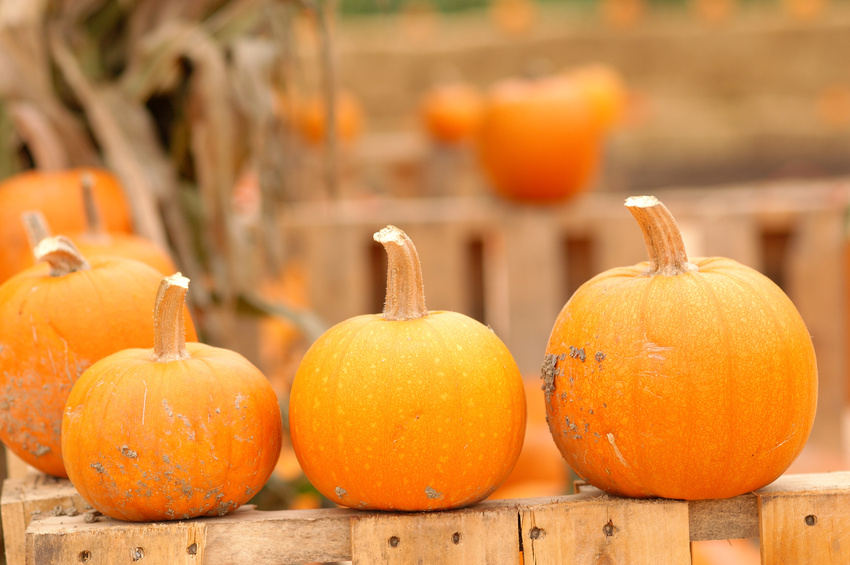 Pumpkins are a sure sign of fall! While many people decorate with pumpkins, did you know eating pumpkin provides several health benefits? Choose pumpkins with a bright orange color to ensure high levels of beta-carotene which the human body converts to Vitamin A. A diet rich in foods with high levels of beta-carotene offers health benefits including:
Pumpkins are a sure sign of fall! While many people decorate with pumpkins, did you know eating pumpkin provides several health benefits? Choose pumpkins with a bright orange color to ensure high levels of beta-carotene which the human body converts to Vitamin A. A diet rich in foods with high levels of beta-carotene offers health benefits including:
• Possible reduction in the risk of developing certain types of cancer
• Protection against heart disease
• Protection against other diseases as well as some degenerative aspects of aging.
Pumpkin pie
Tasty pumpkin pie served with holiday meals is often our first introduction to pumpkin. Pumpkin preserves and pumpkin butter have gained popularity in today’s culture and often have less added fat and sugar than traditional desserts such as pies and pumpkin rolls.
Because pumpkin is a low-acid food, it requires some special handling when processing and preserving either plain or with added ingredients. Be sure and wash your hands and the pumpkin before cutting the shell. Once the pumpkin has been cut, do not let it remain at room temperature more than 2 hours.
According to the National Center for Home Food Preservation, there are no current researched procedures for home canning of pumpkin butters, preserves or pickled pumpkin products. The best option for enjoying these products is to serve them immediately and to store the delicacies under refrigeration at all times.
If you have too much pumpkin to use before it spoils, another option is to freeze it for future use. Wash the pumpkin, cut it into cooking-size sections and remove all seeds. Pumpkin can be cooked by boiling, steaming, cooking in a pressure cooker or baked in the oven. Once the pulp is soft, remove it from the rind and mash.
Pumpkin needs to be cooled prior to placing in freezer containers. Place the pan containing pumpkin in cold water (ice can be added to the water) and stir occasionally. Once pumpkin is cooled, pack into rigid containers. Leave approximately one inch headspace and freeze. Now you’ll have pumpkin to enjoy year-round.
Written by: Treva Williams, Extension Educator, Family and Consumer Sciences, Ohio State University Extension.
Reviewed by: Lisa Barlage, Extension Educator, Family and Consumer Sciences, Ohio State University Extension.
Resources:
Home Preserving Pumpkins, National Center for Food Preservation, Retrieved from http://nchfp.uga.edu/tips/fall/pumpkins.html
Pumpkin Nutrition – Pumpkins and More, University of Illinois Extension, Retrieved from http://urbanext.illinois.edu/pumpkins/nutrition.cfm
